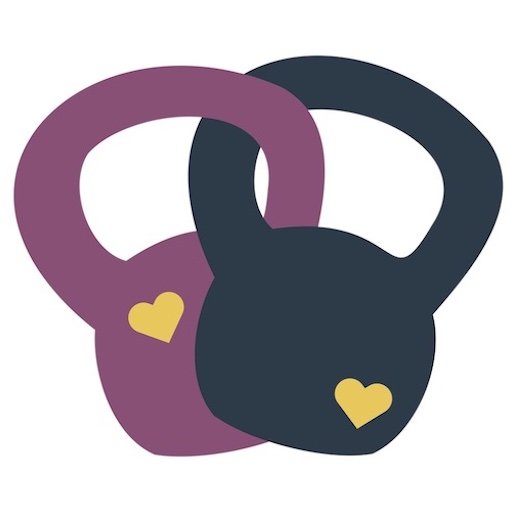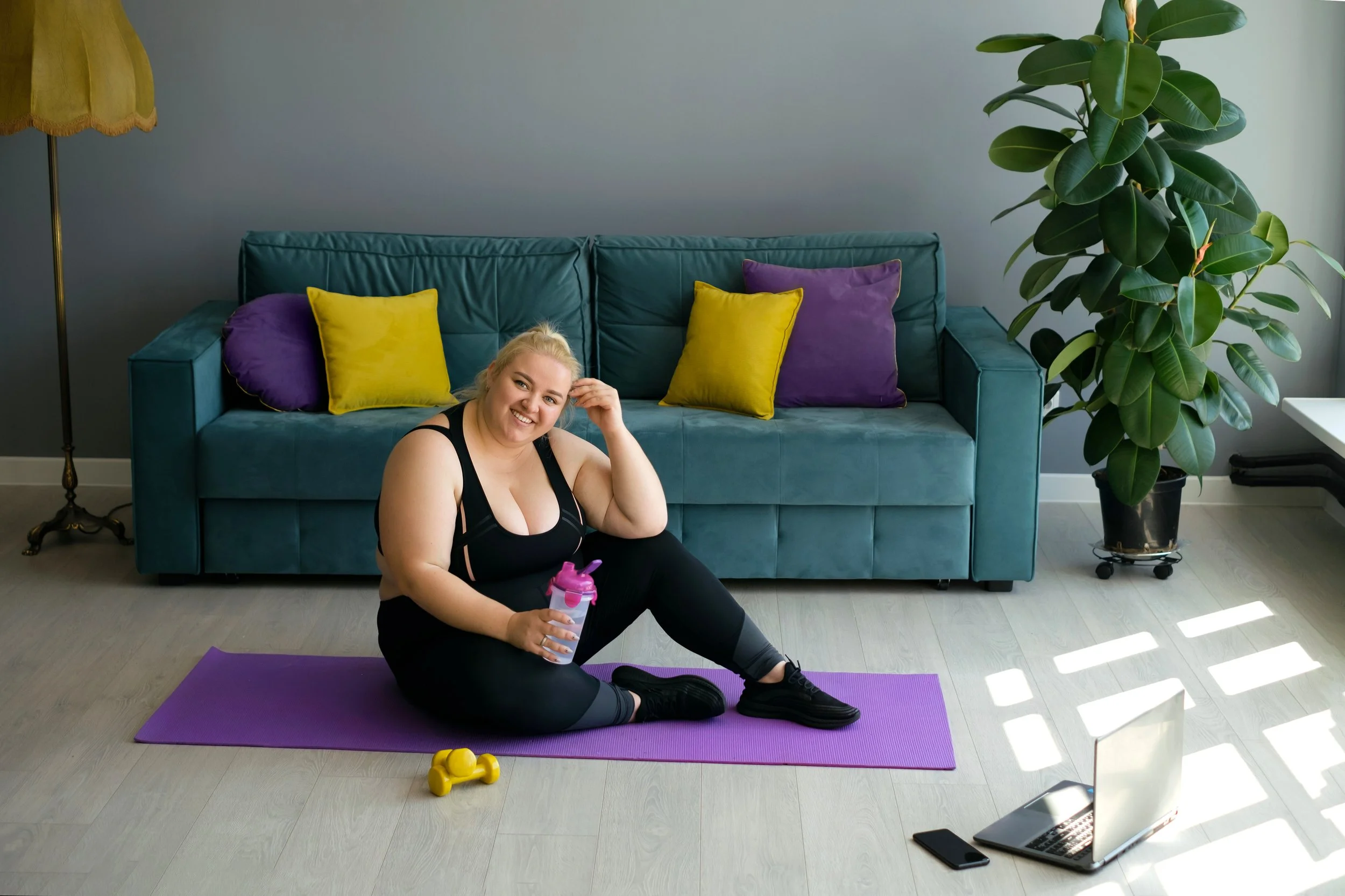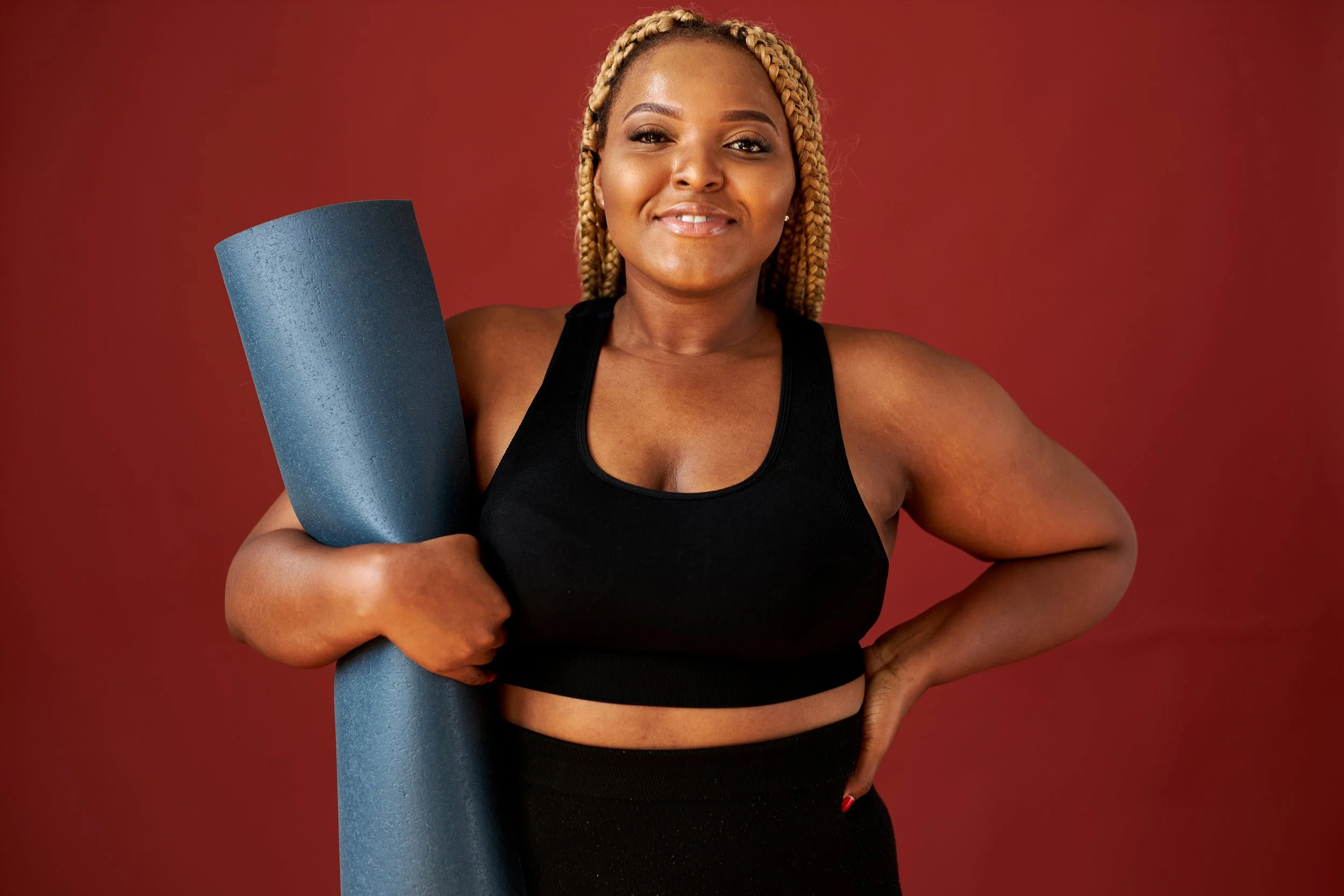How to Never Quit Your Training Again
By Sarah Petty
If you’re reading this, you’re probably either:
A) Thinking about starting a new training program, but worried you’ll quit after a few weeks. You’re searching for some kind of method to keep that from happening.
B) In the middle of a training program or general movement practice, but feeling low motivation. You’re searching for any info that will help you keep going!
This blog will help you regardless of which situation you’re in.
The first thing you need to understand is why you quit your training last time.
Or - why you want to quit now. Do any of these sound familiar?
“I got busy”
“I work too much”
“My kids needed me”
“I got sick/injured”
“I started a new job/life/relationship”
“I moved and it’s been chaos since then”
These are common reasons to quit a training program (or any new endeavor, like learning an instrument or language). You might think that time (or lack thereof) is the root cause of these obstacles, but the ACTUAL reason is capacity.
I define capacity as tolerance for the mental + physical energy a task takes, before, during, and after it’s completed.
Some folks naturally have high capacity, and some have much lower capacity. Your day-to-day baseline capacity may be fixed fairly low, by a disability, chronic illness, or adverse childhood experiences. Your baseline capacity is probably higher if you are in good health, have stable housing and food, or have family and friends to support you through tough times.
In addition to your baseline, you need to consider that your capacity will changes throughout your lifetime. Capacity can be changed by something as simple as getting a cold, or something as big as a life-threatening illness or injury. You could lose your job, or get a new job that pays well but is demanding or your time and energy. You could move across the city, or across the country, or across the world - each of these will impact your capacity in different ways.
That change must be understood for you to be able to anticipate your ability to follow through on your movement training program (or even something as simple as taking a walk every morning).
Let’s also explore how you felt when you quit.
Or - how you feel about quitting now.
Common feelings that people experience when they stop working out or moving regularly include:
Shame
Frustration
Guit
Disgust
Remorse
Distance
Embarrassment
Worthlessness
Do any of these emotions sound familiar?
I see three typical responses to these feelings:
Avoidance
Labeling
All-or-Nothing Thinking
Avoidance
This happens when you want to distance yourself from your perceived failure by minimizing it or its impact on you. Avoidance sounds like:
I didn’t want it that much anyway
The grass is greener on the other side
It was just not the right time for me
My friends/family gave me hard time about this anyway
I just need to make the perfect plan
Or, you just avoid thinking about the situation - “I’ll figure it out later.”
All-Or-Nothing
This happens when you lean hard into shame/blame/guilt (or just oversimplify the situation) by defining your actions with rigid parameters. All-or-Nothing sounds like:
I didn’t do every workout in my program, so it doesn’t count - gotta start over
I missed yesterday’s workout; I should start the week over again on Monday
My back hurts, so I shouldn’t move at all until feels better
I ate ___ at dinner last night - my whole week of healthy behaviors is ruined
20 minutes is not long enough to workout, so I won’t be doing any movement today
Or, you finish a six week turbo program and then don’t touch a weight for another month.
Labeling
This is similar to all-or-nothing, but it applies those rigid concepts to who you are as a person which further lowers trust in your capacity. Labeling sounds like:
I’m not a morning/running/gym person
I’m never going to be better at this
I can’t stick to anything
I’m too ___ to do this
I’m too far gone, why bother?
One more thing to consider - do you think of your workouts, program, or movement practice like you think of school or work? Homework, deadlines, tests, etc.? If so, some questions to ask yourself:
Does the association between school/work and movement make your experience with movement more enjoyable, or less enjoyable?
Does the shame feel greater when you don’t meet your expectations?
Is movement a fear-driven project for you?
What words/phrases would you use to describe your training program or movement practice, that you could also use in a school/work setting? What are some alternatives to those words/phrases that shift the vibe for you?
The 2-Step Approach
These two steps will help you never quit your program again. The bonus effect is that they will also help you enjoy your training more!
Step 1: Change How You Talk To Yourself
1a: Start noticing your thoughts and feelings before, during, and after your workouts. This is especially helpful if you lean into avoidance. A few ways you can do this:
Take voice notes
Write it down in a notebook or app
Say it out loud to remember what you felt/thought
1b: Find reframes for those thoughts and feelings that help shift the focus to what you can do or are doing now. This is especially helpful if you did to do all-or-nothing thinking.
“I only did one workout last week” becomes “I did one workout last week! If I keep doing that I will have done 52 workouts in a year.”
“I skipped half the program, gotta start over” becomes “I didn’t complete the program, so I get to decide if I want to start over and have more knowledge/experience this time around, or pick up where I left off and be ok with that.”
“My back hurts, I can’t workout” becomes “My back turns, but I can do some mobility work on my hips, feet, and ankles.”
1c: Construct one or more true statements about yourself that helps you feel empowered to move. This is especially helpful if you tend to label yourself. Some examples:
“I am the kind of person who shows up to move, even if I can only do 5 minutes.”
“I’m struggling with moving consistently, but I am consistent at ___ so I know I can gradually work toward being consistent with movement too.”
“I know that every little bit that I move counts, even if it doesn’t feel like a lot.”
1d: Celebrate every time you show up to move! This is so important, because it retrains your brain to see each action you take as successful, even if the outcome isn’t exactly what you wanted. A few ways you could do this:
Make a sticker chart and give yourself a fun sticker every time you do intentional movement (no matter how small!)
Have an in-person or virtual movement buddy who can congratulate you (do the same for them!)
Document every movement session in your journal
At the end of every workout, say to yourself: “I did this!"
Step 2: Adjust your Planned Output to your Actual Capacity
You can do any/all of the following options:
2a: Choose or build a movement program based on your actual capacity. It should include appropriate variations of skills you want to learn, adjustment for life events, and balanced volume.
Example program 1: 1 full body strength workout, 1 swim, 2 walks.
Example program 2: 2 strength workouts (anterior/posterior or upper/lower), 1 long walk, 1 bike ride, 1 yoga class.
Repeat the same workouts each week until they start to feel easy or you start to get bored, then change things up! Also, expect to take 4-7 days off occasionally, for illness, travel, or just because you want a break!
2b: Create a “movement menu” with a variety of time/difficulty options. Each day, choose the option(s) that best suit your capacity.
Example movement menu: 15 minute strength snack, 5 minute stretch routine, 20 minute walk, 30 minute full body strength workout, 10 minute dance break, 40 minute yoga video, 20 minute bike ride.
2c: Create a “bare minimum” plan you can fall back on when your capacity/motivation is low!
Example bare minimum plan 1: 3/side seated twists, forward fold, figure 4 stretch.
Example bare minimum plan 2: 10 squats + 10 wall pushups.
If you want to see progress, start with consistency.
It’s easy to worry about doing “enough” to level up your skills. Don’t overthink it! This 2-step approach WILL bring you noticeable improvements in stamina, strength, energy, mental health, etc. if you stick with it.
By constantly adjusting for your current capacity, you ensure that you’ll never quit. That alone will get you farther than the “perfect” 12 week plan that you never finish because you get overwhelmed.
What to do when you want to quit
Go back to step one! It’s annoyingly effective. Change how you talk to yourself about movement. Then assess your current capacity, and adjust accordingly.




